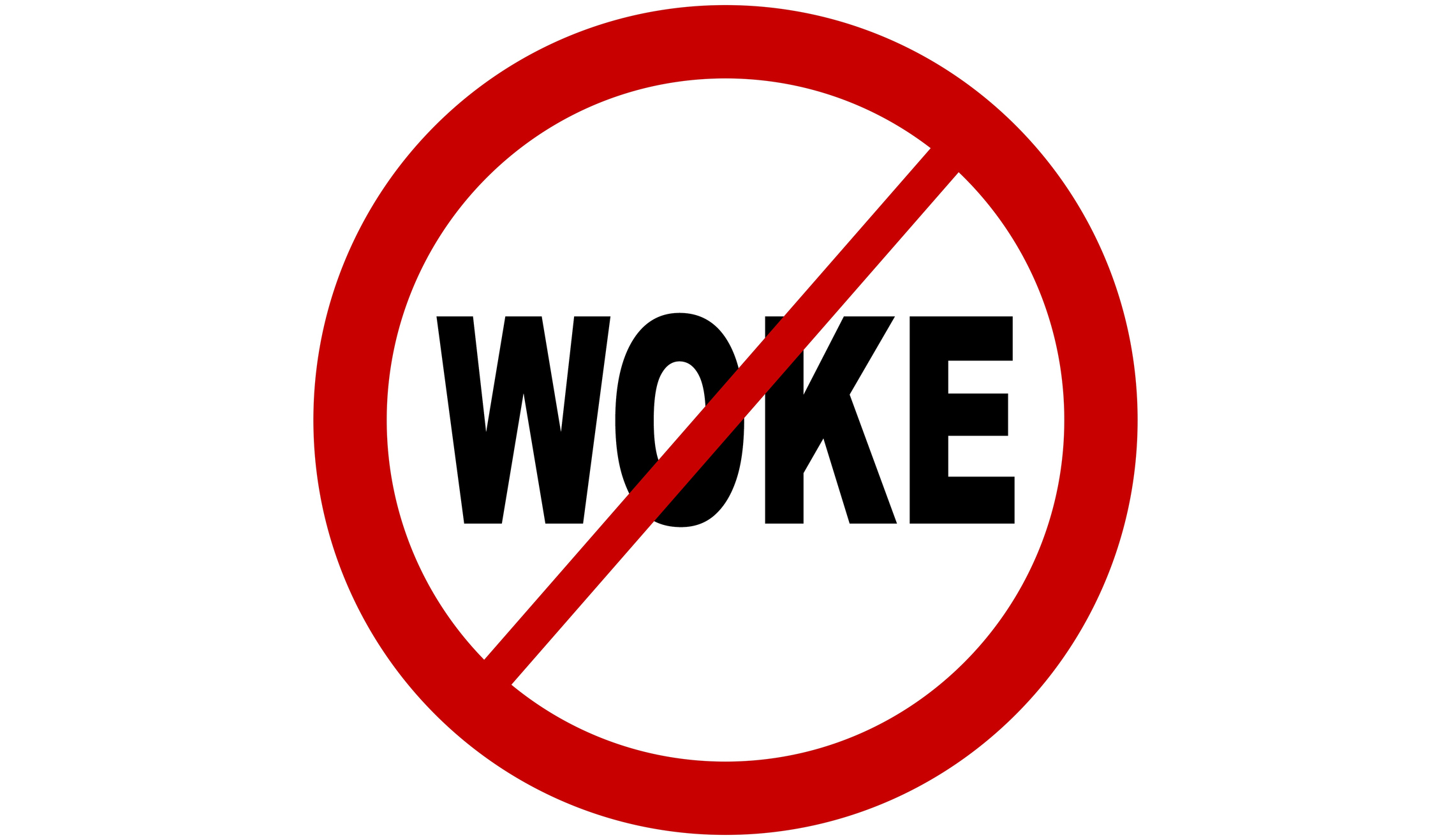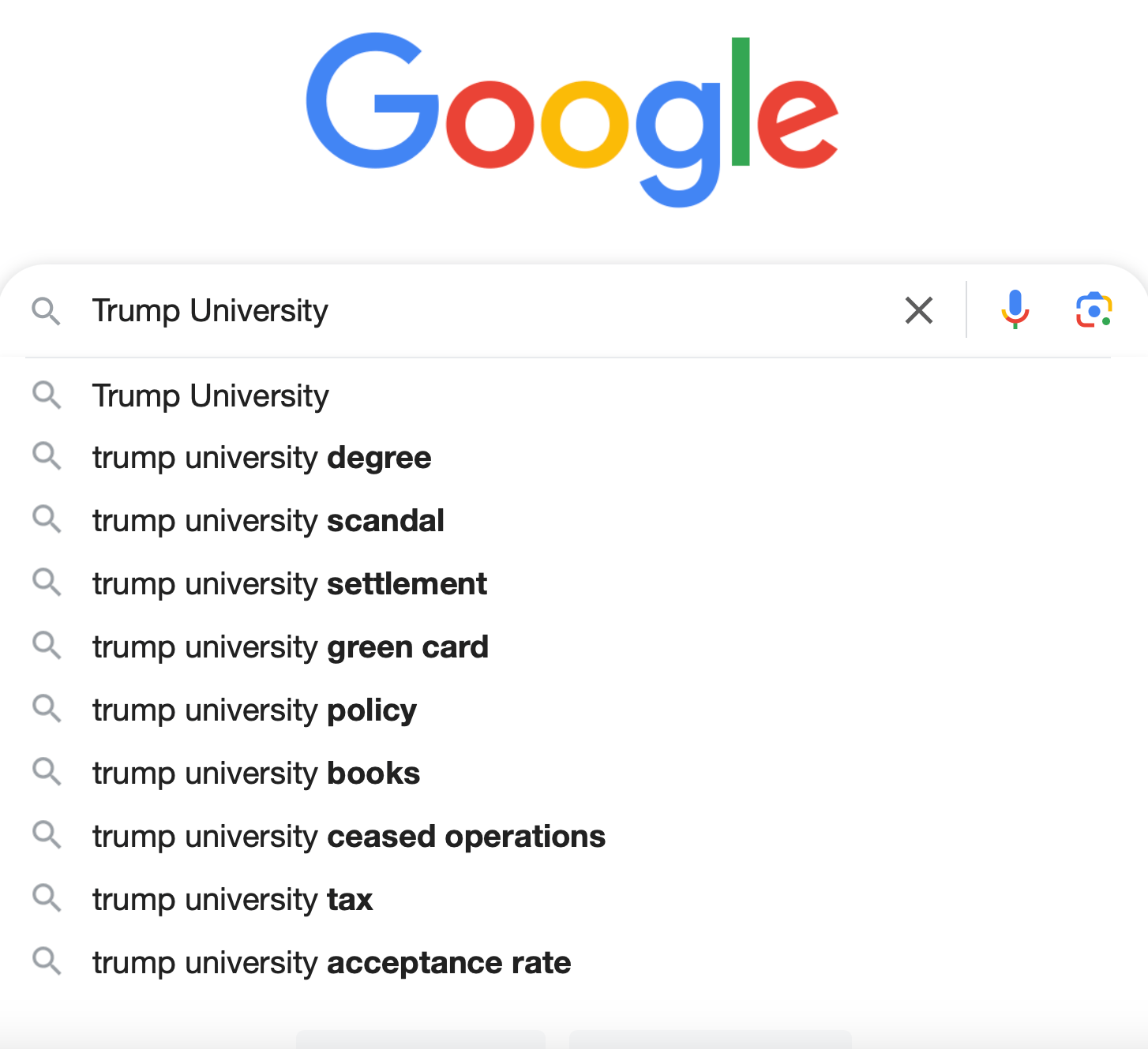- Steven Jones is Professor of Higher Education at the University of Manchester and his latest book is Universities Under Fire (2022). This review of Bad Education by Matt Goodwin has been written in a personal capacity.
- HEPI’s other review of the Matt Goodwin’s book can be accessed here.
In Bad Education, Matt Goodwin makes the argument that Western universities have moved ‘sharply and radically to the left’ (p.51) over the last six decades, to the extent that diversity is now deemed more important than merit. According to Goodwin, a woke orthodoxy has gripped the sector: free speech is stifled; non-authorised viewpoints are unwanted; and social justice trumps the pursuit of truth. Some minorities flourish within this culture, but other ‘political’ minorities – like the one to which Goodwin claims membership – are structurally disadvantaged.
To stand this argument up, Goodwin needs the reader to accept two fundamental premises. The first is that the author’s sense of victimhood is real, while others are imaginary or exaggerated. Goodwin achieves this by attributing his every professional setback – from having journal articles and funding bids declined to being overlooked for invited talks (p.47) – to his whiteness, his maleness, or his political positions, such as his refusal to participate in ‘cult-like worship of the EU on campus’ (p.44). No other explanation is countenanced.
The second premise is that the real power in universities is cultural, not economic, and therefore held by diversity champions and other woke activists. The evidence Goodwin offers here is underwhelming. Where academic scholarship is cited, the sources are mostly US-based, and the author shows no curiosity about the think-tanks and lobby groups that funded the surveys in which he places his faith. Critical higher educational research is studiously avoided, though Goodwin does turn to Elon Musk for a quote about the ‘woke mind virus’ (p.104). In places, Bad Education reads as a checklist of debunked myths and personal memoirs (‘as I’ve seen first-hand’ is a familiar clause). Yet in the final chapter, Goodwin addresses the reader directly to assert: ‘I’ve bombarded you at times with statistics and research because I wanted you to read it for yourself and make up your own mind’ (p.198).
I tried hard to make up my own mind, but it’s difficult to be persuaded by Goodwin’s case against universities when the bulk of empirical data point in an opposite direction. If recruitment practices are so diversity conscious, why were there only 25 Black British female professors in the UK as recently as 2019? If ‘reverse racism’ is such a problem, why did the awarding gap between White and Black students achieving high degrees stand at 18.4% in 2021? In my experience, and according to my research, minority groups are far from over-represented in senior levels of university management and governance, and board cultures tend to be driven by corporate principles, not woke ideologies. As for no-platforming, fewer than 0.8 per cent of university events or speaker invitations were cancelled in 2021-22. In other words, the truths that Goodwin is so boldly willing to speak may be his truths, but they are not universal.
Among the fellow marginalised white men willing to support Goodwin is the University of Buckingham’s Eric Kaufmann, who is quoted extensively, and whose back-cover endorsement describes Bad Education as ‘deeply personal and impeccably researched.’ It’s certainly deeply personal. Take Goodwin’s indignation towards a lecturer who unfriended some Conservative voters on Facebook after the 2015 UK general election (p.89). The reader is not told what this incident is supposed to signify, let alone why Goodwin’s cherished free speech principles appear not to extend to academics’ private social media accounts.
That’s not to say that the sector is always operating to the highest ethical standards. Goodwin is on firmest ground when highlighting human rights violations in China (p.90), and calling out universities for turning a blind eye. But rather than take this argument to its logical conclusion – by critiquing a fee model that leaves sectors reliant on income from overseas students – Goodwin pivots back into anger and anecdote, rebuking universities for being defensive about their historic links with the slave trade (p.91) and sharing stories about junior colleagues too scared to disclose their pro-Brexit leanings (p.94).
Despite Goodwin’s stated aim to ‘push back against authoritarianism’ (p.208), there are echoes of Donald Trump’s playbook throughout Bad Education. The author’s anti-diversity bombast recalls the President’s recent claim that a fatal air crash near Washington DC was connected to DEI programmes in federal government. It’s not entirely clear to which level of institutional bureaucracy Goodwin is referring when he imagines a ‘hyper-political and highly activist managerial blob’ (p.157), but the language is redolent of that being deployed in the US to justify a purge of federal bureaucrats. According to Goodwin, this ‘managerial blob’ is defined by an insistence on rainbow lanyards and flags on campus, among other things. This is not a characterisation of senior leaders that most university staff would recognise. Could it be that the author is so distracted by empty performative gestures that he fails to see where power is really located?
Goodwin has now left academia, a story he tells in most chapters, steadily elevating it to the level of Shakespearean tragedy: ‘my professorship – everything I had ever wanted, everything I had worked for – was over’ (p.195). At a time when 10,000 jobs are on the line at UK universities, such self-indulgence is unfortunate. Goodwin’s contrast between the ‘luxury beliefs’ of academics and the ‘real world’ he claims to inhabit (p.78) encapsulates what makes Bad Education read like a ‘prolonged gripe,’ as another reviewer put it. Paradoxically, Goodwin now enjoys a range of high-profile platforms from which to air his grievances about being no-platformed, regularly appearing on television to blame wokeism for various social ills. Why is it that only ‘cancelled’ academics seem to have media agents?
Bad Education builds towards what Goodwin calls a ‘manifesto’ for universities (pp.217-19) that want to have ‘good, not bad, education’ (p.217). It’s a simplistic way to wrap up any book, comprising a bullet-pointed list of the same few complaints expressed in slightly different terms. Those of us in higher education will quickly recognise Bad Education’s distortions: universities haven’t lurched radically left and there’s no woke coup. But does that matter? Are we the target readership? Or is the book speaking to external audiences? What if a review like this merely confirms what Goodwin and his fellow academic outcasts have been saying all along?
Since accepting the terms of the market, English universities have struggled to articulate their role in society. Academic expertise has been devalued and the status of higher education as a public good compromised, with universities increasingly embroiled in unwinnable culture wars. These are perfect conditions for someone like Goodwin to ‘blow up’ his own career (p.4), break the ‘secret code of silence’ (p.3) and position himself as the fearless ‘rogue professor’ (p.16). In such ways, important debates become framed by individuals with the shallowest insights but the deepest grudges. Bad Education does a passable job of confirming suspicions about what really goes on inside a secretive and often aloof sector, guiding its readers further down an anti-university, anti-expert rabbit hole. If we continue to leave vacuums in the discourse, then diversity-blaming narratives like Goodwin’s will continue to fill them.



